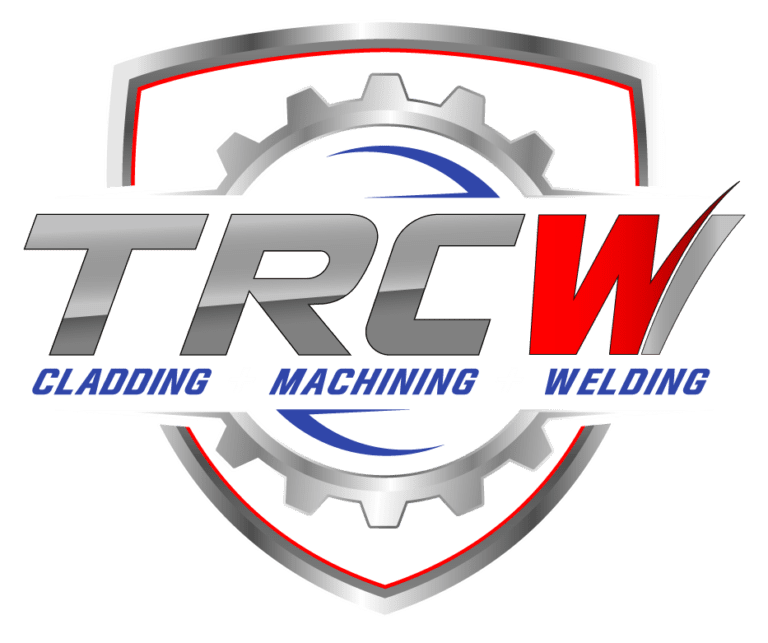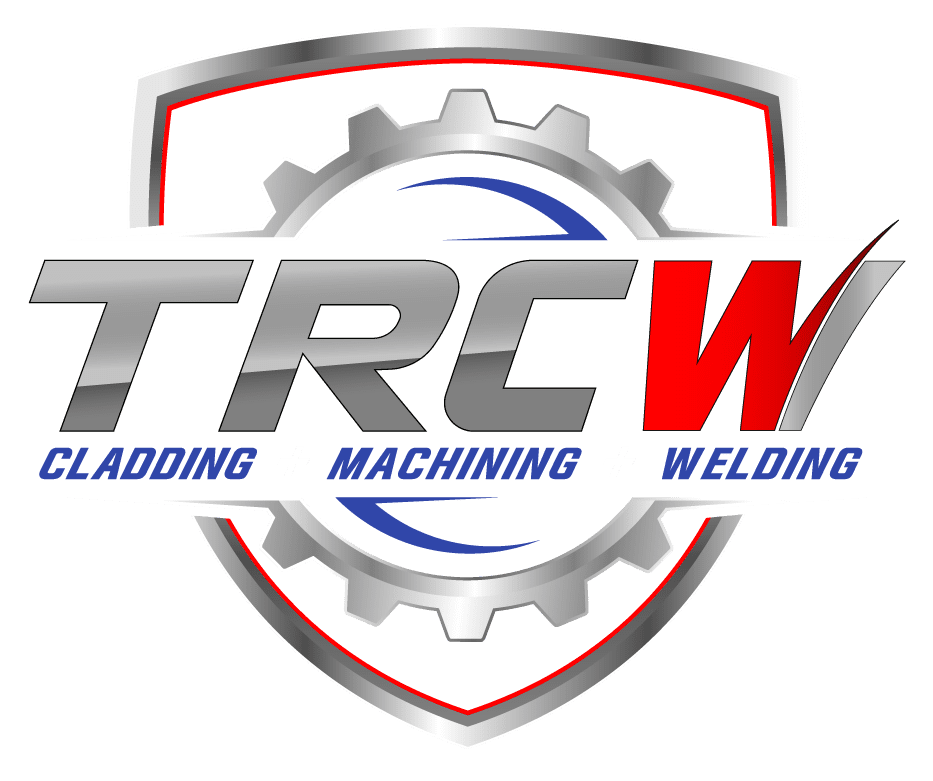DNV Certifications, which is right for me?
- Home
- DNV Certifications, which is right for me?
DNV 2.7-1 / 2.7-3, which DNV certification is right for me?
A common term in the offshore oil and gas industry is “DNV Certified.” What does this really mean?
DNV, which stands for Det Norske Veritas, is a Norwegian based classification society that actually merged with Germanischer Lloyd (GL) in September 2013 to form the world’s largest classification society, DNV GL Group. During the merger, the standalone term “DNV” seemed a bit outdated, but still remains a commonly used abbreviation for DNV GL in the offshore industry. In 2017, DNV-GL made an effort to phase out the standalone term “DNV”, but then changed it back to DNV in 2021.
As a classification society, DNV authors various standards for the offshore, maritime, energy, and oil & gas industries. These standards are developed to provide users, operators, and engineers with requirements, principles, and acceptance criteria. Two of the more common standards are:
• DNVGL-ST-E271, Offshore containers (2.7-1)
• DNVGL-ST-E273, Portable offshore units (2.7-3)
At first glance, these standards appear quite similar, but there are some subtle and important differences. Before getting into how the two standards differ, let’s first discuss the similarities.
• Both 2.7-1 and 2.7-3 are standards defining requirements and recommended practice covering transport of offshore containers and portable offshore units.
• The standards cover the specific areas of design, manufacturing, testing, certification, and periodic inspection
• Both standards cover the lifting frames or containers and, in most instances, not the equipment contained within the frames
• The requirements are defined on the basis of safe use with regard to:
o Lives
o Environment
o Hazard to the vessel or offshore installation
• Both standards cover aspects to safe lifting and handling of these offshore containers and units between two floating vessels and between vessels and fixed or floating offshore installations.
Now that we’ve covered the basic fundamentals and similarities of DNV 2.7-1 and DNV 2.7-3, it’s important to discuss the subtle differences.
This is especially important for buyers and engineers to ensure they are knowledgeable about the standards in order to specify and procure the correct equipment for the organization.
DNV 2.7-1 Offshore Containers
“An offshore container is a portable unit with a maximum gross mass not exceeding 25000 kg, for repeated use in the transport of goods or equipment, handled in open seas, to, from or between fixed and/or floating installations and ships. It further goes onto state: Units for offshore lifting that are intended for installation and not for repeated transport are not considered to be containers. Likewise, units that do not have an outer framework with pad eyes are not considered to be containers. Hence, these units are not covered by this standard.”
Offshore containers may be divided into 3 main categories according to Section 1.5.1 of the standard:
a) Offshore freight container:
Offshore container built for the transport of goods. Examples of offshore freight containers:
- general cargo container: a closed container with doors
- cargo basket: an open top container for general or special cargo (e.g. pipes, risers)
- tank container: a container for transport of dangerous or non-dangerous fluids
- bulk container: container for transport of solids in bulk
- special container: container for transport of special cargo (e.g. garbage compactors, equipment boxes, bottle racks).
b) Offshore service container:
Offshore container built and equipped for a special service task, mainly as temporary installation (Examples are, laboratories, workshop, stores, power plants, control stations, wireline units).
c) Offshore waste skip
An open or closed offshore container used
for the storage and removal of waste. Normally constructed from flat steel plates forming the load bearing sections of the container, bracing in the form of steel profiles, e.g. channel or hollow section, being fitted horizontally around sides and ends. Waste skips may be open or have loose or hinged covers In addition to the pad eyes for the lifting set these containers may also have side mounted lugs suitable for attachment of the lifting equipment mounted on a skip lift vehicle.
Guidance note 1: POUs typically carry equipment (or any kind of installation) intended for a service function offshore. The equipment could be an integrated part of the POU or detachable. Typical examples of POUs are given in 1.1.6.
Note that POUs are not intended to carry goods (general cargo) as their primary function but may be used for goods that is not possible/impractical or too heavy (MGW > 25 tonnes) to transport in offshore containers. Units intended for subsea application may be designed/used to carry general cargo.
Furthermore, the MGW should normally not exceed 100 tonnes.
According to section 1.1.6, there are five types of POUs, Type A, B ,C, D, E. Examples are shown on the next page.
DNV 2.7-3 Portable Offshore Units
According to DNVGL-ST-E273 Section 1.4.3, a POU (portable offshore unit) is a package or unit intended for repeated or single offshore transport and installation/lifting which may also be designed for subsea lifting.
Although the definitions may seem to be similar, it’s important to understand the primary differences. This is especially important for design engineers as the design approach is fundamentally different between the two standards. DNVGL-ST-E271 adheres to a “design by code” philosophy, while DNVGL-ST-E273 is a “design by analysis” approach.
Design by code is a fairly straightforward process. Basically, if the offshore container falls within specified categories, then you apply the designated design criteria. The inherent structure of the code limits subjective decision making of the design engineer, which results in a more streamlined review process by DNV. This results in a faster and less expensive design review cycle.
Design by analysis puts more responsibility on the design engineer for defining the design basis including limits of operation, load case scenarios, and selecting and/or defining proper acceptance criteria. Since the design engineer assumes more ownership of the design process, the engineering review phase of the certification process is more in depth and requires a longer review cycle and is usually more expensive than the design review for 2.7-1.
Here’s a quick and simple test to determine which standard applies to your needs.
If your unit:
- Looks like a box, or has box-like structure (crash frame) and,
- Is intended for multiple transports or uses and,
- Is less than 25,000 kg Max Gross Weight,
Then, the governing standard is probably DNVGL-ST-E271.
If your unit:
- Does not include a crash frame or box-like structure, OR
- Is intended for single uses OR,
- Is more than 25,000 kg Max Gross Weight,
Then, the governing standard is probably DNVGL-ST-E273.






